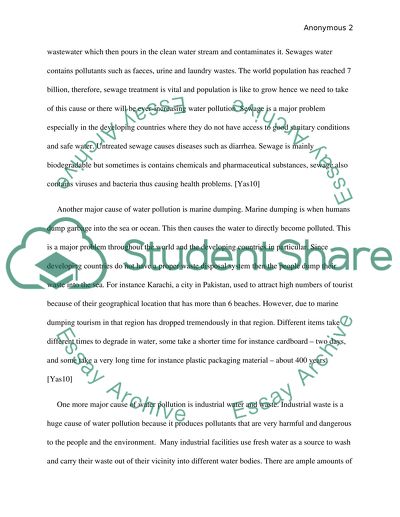Cite this document
(“Radioactive materials and other polutants in water sources Research Paper”, n.d.)
Radioactive materials and other polutants in water sources Research Paper. Retrieved from https://studentshare.org/chemistry/1439327-radioactive-materials-and-other-polutants-in-water
Radioactive materials and other polutants in water sources Research Paper. Retrieved from https://studentshare.org/chemistry/1439327-radioactive-materials-and-other-polutants-in-water
(Radioactive Materials and Other Polutants in Water Sources Research Paper)
Radioactive Materials and Other Polutants in Water Sources Research Paper. https://studentshare.org/chemistry/1439327-radioactive-materials-and-other-polutants-in-water.
Radioactive Materials and Other Polutants in Water Sources Research Paper. https://studentshare.org/chemistry/1439327-radioactive-materials-and-other-polutants-in-water.
“Radioactive Materials and Other Polutants in Water Sources Research Paper”, n.d. https://studentshare.org/chemistry/1439327-radioactive-materials-and-other-polutants-in-water.


